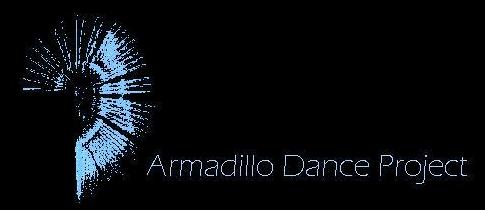
|
Canvas + Triggers Värmlands Museum 12-5 pm Tuesday-Wednesday, June 15-16, 2010 Abundance Festival of Dance and Choreography Karlstad, Sweden, June 15-17, 2010 Programming: Allen Fogelsanger Installation Design: Kathleya Afanador and Allen Fogelsanger |
|
| Interviewer: Sofia Broomé | |
|
Canvas + Triggers, an accumulation of all our previous camcorder-based movement-interactive computer programs together in a single installation, premiered at the Abundance Festival of Dance and Choreography in Karlstad, Sweden, June 15-17, 2010. For two days, June 15-16, we looked after our equipment inside the Värmland Museum's Sinnet room. Google translates Sinnetas The Mind,so it was in the Mind room that our calculating machines interacted at a distance with the moving bodies of dancers. On entering the Sinnet, visitors found themselves at the middle of one 6-meter wide end of a room stretching lengthwise in front of them for 10 meters. Two large windows were on the left, the one farther from the entranceway covered by a blind. On the wall opposite the visitors hung a projection screen capturing video from an overhead projector. To the left of the screen were the two members of Armadillo Dance Project sitting at a table with their laptops in front of them, surrounded by camcorders and cables. We had pulled down the shade of the window near us in order to darken the projection surface and so make the projections easier to see. We had left up the shade of the window near the entrance of the Sinnet in order to better light the visitors, thus making it easier for the computers to seethem. Our two camcorders were each connected to a computer, set near the projection screen, and aimed at the entrance. As the door to the room was open, we and our computers could see into the museum gift shop. The entrance door was open to invite people in, but the open door also let in visual data that shows up in the videos to the right in a couple of ways. First of all, as gift shop patrons passed in front of the door their movement would often register with the computers, resulting in a few pixels of color and perhaps triggering some sound. But as can be seen in the videos, the greatest effect of the open door was to place a persistent rectangle near the center of the projections. This did not occur because of movement in the gift shop; it showed up because the gift shop items presented to the camcorders an area of varied and middling luminosities not unlike dancer clothing. The movement of a body passing in front of a similarly colored background is not picked up well by the computers, so the dancers had difficulty making the entranceway rectangle disappear. Conversely, the wall surrounding the entrance was white, which provided an excellent contrast to most of the colors of the dancers in the space, regardless of what they wore. Still, for the most part, a visitor would enter the Mind room and find themselves facing a projection screen that was inscribed with color as they moved. It mirrored their movement closely, but unlike mirror images the projected images moved to the observer's left when the observer moved right. The images tended to become less clearly drawn on the left side of the screen, because it corresponded to the less well lit side of the room, the side away from the window. Additionally the long side walls of the room were not white but gray, which tended to gobble up clothing colors. The light wood of the floor and ceiling did not present as much of a problem. The flaws in movement tracking could also be heard in the swishy soundsthat varied in volume depending on how much movement was detected. They were much less likely to be loud when movers danced on the side of the room away from the window. Canvas + Triggers is part of a series on installations beginning with Canvas and continuing with Whitespace. Video based on reconstructing the sound and projections at Abundance has been arranged into Canvas+Triggers: Suite and premiered October 2, 2010, at SoundCrawl in Nashville, Tennessee. |
|